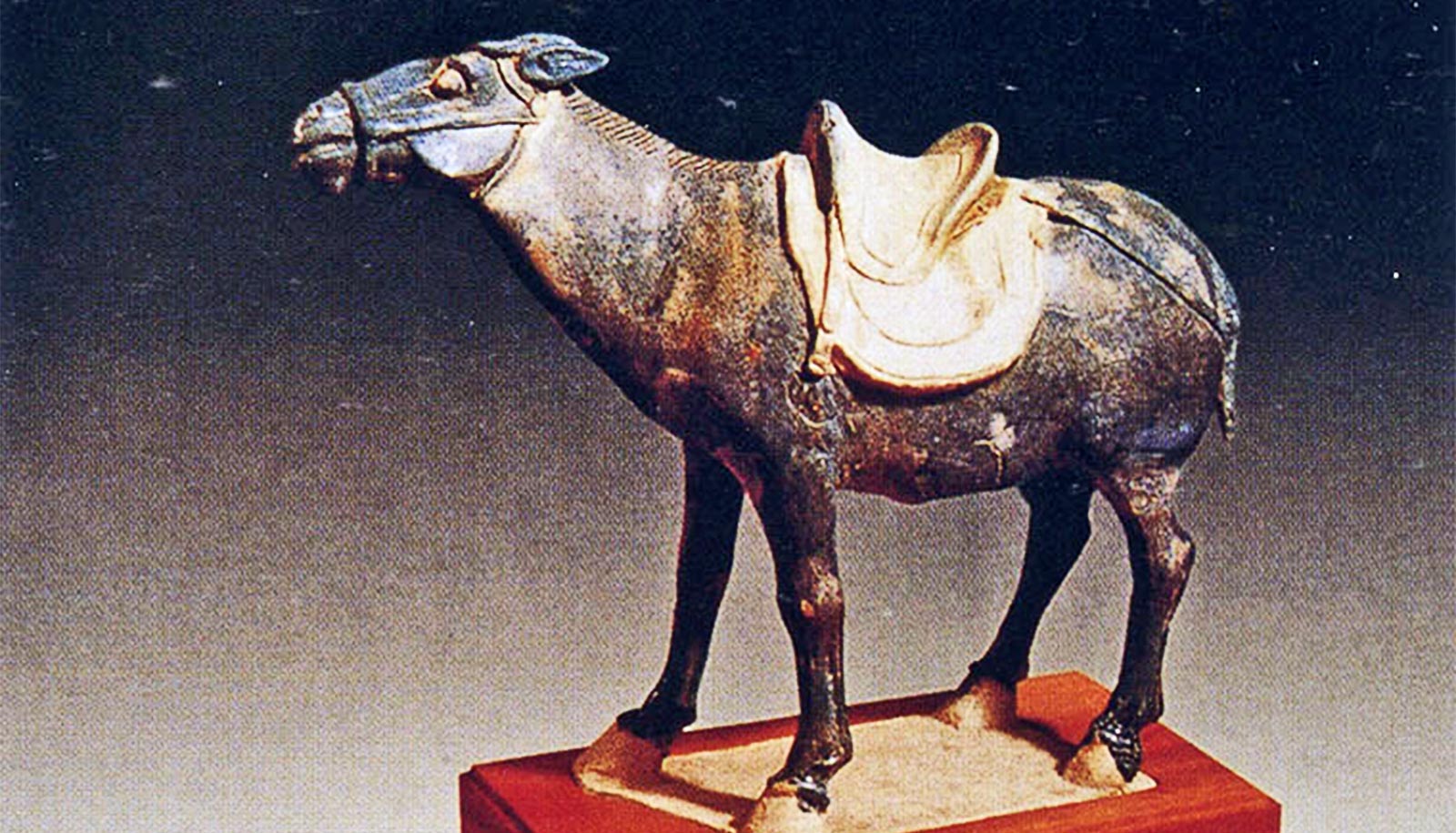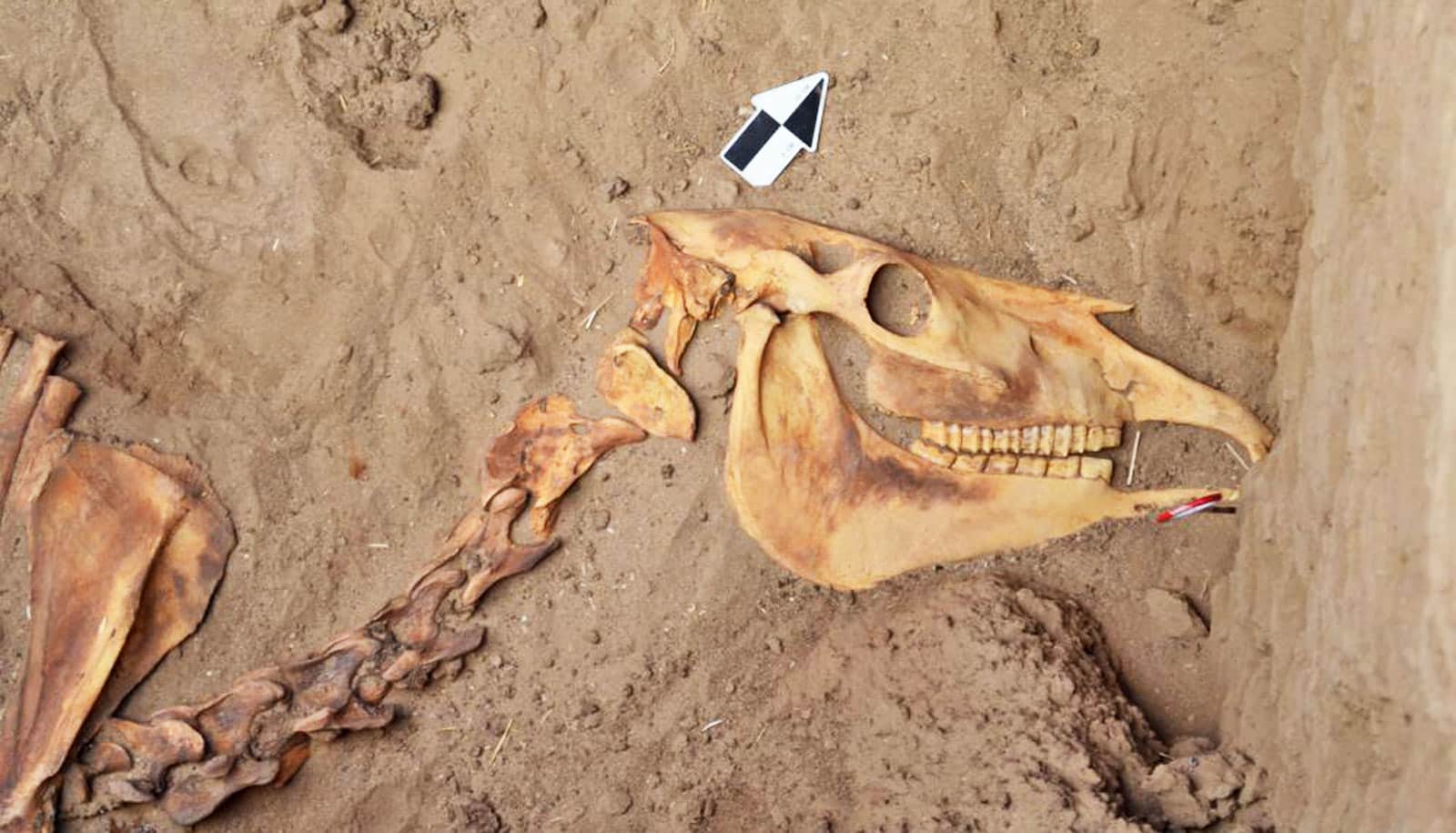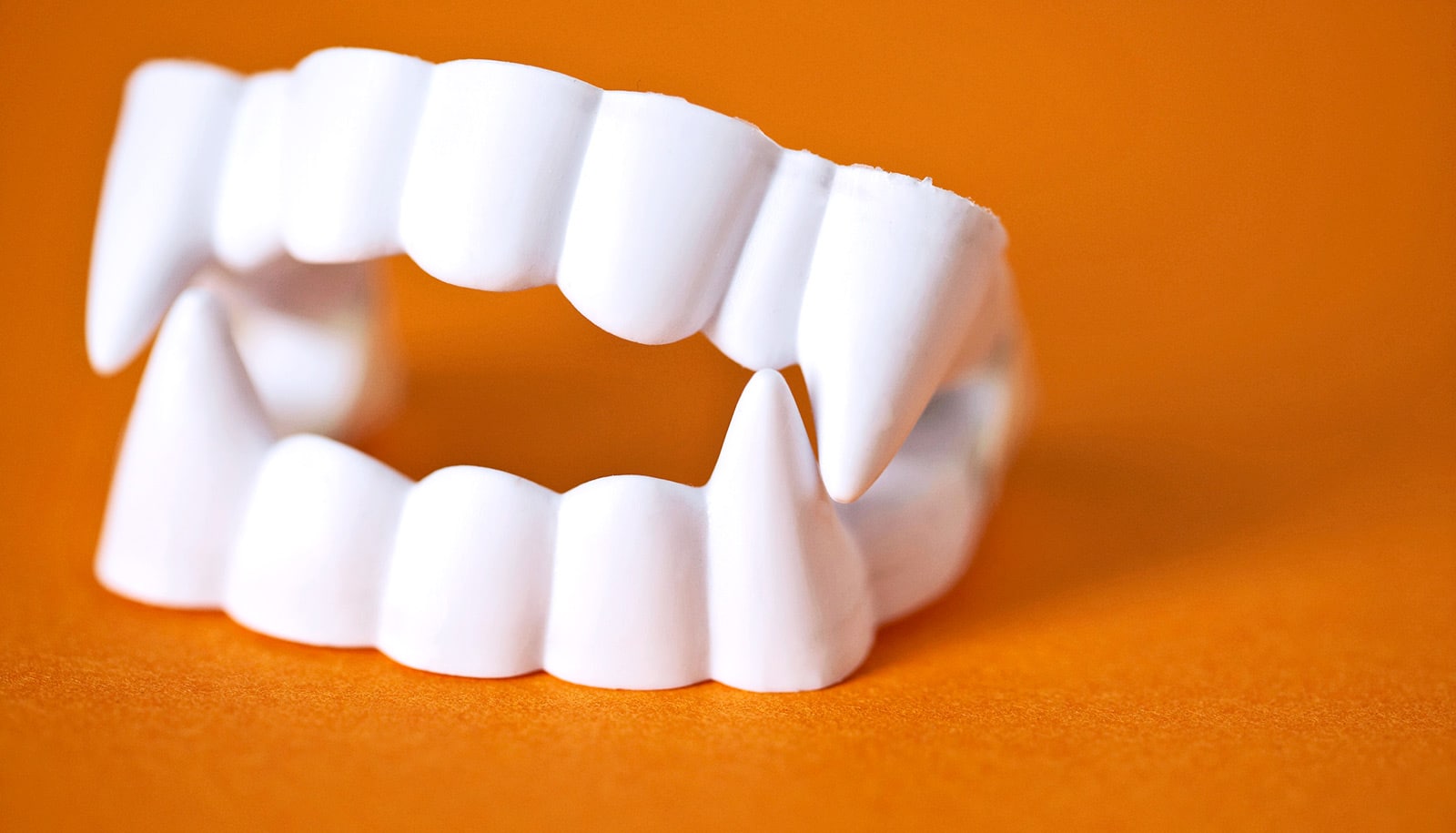A noblewoman from Imperial China enjoyed playing polo on donkeys so much she had her steeds buried with her so she could keep doing it in the afterlife, archaeologists have discovered.
The research provides the first physical evidence of donkey polo in Imperial China, which previously was only known from historical texts. It also sheds light on the role for donkeys in the lives of high status women in that period.
Researchers found donkey bones in the tomb of Cui Shi, a noblewoman who died in 878 CE in Xi’an, China. The presence of work animals in a wealthy woman’s tomb was unexpected, the researchers says.
“There was no reason for a lady such as Cui Shi to use a donkey, let alone sacrifice it for her afterlife.”
“Donkeys were the first pack animal, the steam engines of their day in Africa and western Eurasia, but we know almost nothing about their use in eastern Asia,” says Marshall, an archaeologist in the anthropology department at Washington University in St. Louis. She helped study the animal bones found in Cui Shi’s tomb.
“Donkey skeletons just have not been found—this is probably because they died along trade routes and were not preserved,” she says. “The donkeys buried in the Tang Dynasty noble tomb in Xian provided a first opportunity—and a very rare one—to understand donkeys’ roles in east Asian societies.”
“There was no reason for a lady such as Cui Shi to use a donkey, let alone sacrifice it for her afterlife,” says lead author Songmei Hu, from the Shaanxi Academy of Archaeology. “This is the first time such a burial has been found.”
Polo is thought to have its origins in Iran; however, the sport flourished during the Tang Dynasty, which ruled China from CE 618 to 907. During this time, polo became a favorite sport of the royal and noble families, to the point where an emperor used a polo competition to pick generals. This included Cui Shi’s husband, Bao Gao, who was promoted to general by Emperor Xizong for winning a match.
However, the sport was dangerous when played on large horses, with one emperor killed during a game. As such, some nobles preferred to play Lvju, or donkey polo. Although both forms of polo show up in the historical literature, horse polo is the only form that art and artifacts depict.
The researchers conducted radiocarbon dating and analyzed the size and patterns of stresses and strains on the donkey bones from Cui Shi’s tomb. Their findings suggest that these small and active donkeys were being used for Lvju.
Given that animals were typically included in burials for use in the afterlife, the donkeys’ presence with Cui Shi allowed the researchers to conclude that she wanted to keep playing her favorite sport after death.
Taken together, this research provides the first physical evidence of donkeys being used by elite women and of donkey polo in Imperial China, the researchers say. As the first donkey skeletons from eastern Asia to be thoroughly studied, they also broaden the understanding of the role of donkeys in the past.
The research appears in Antiquity.



